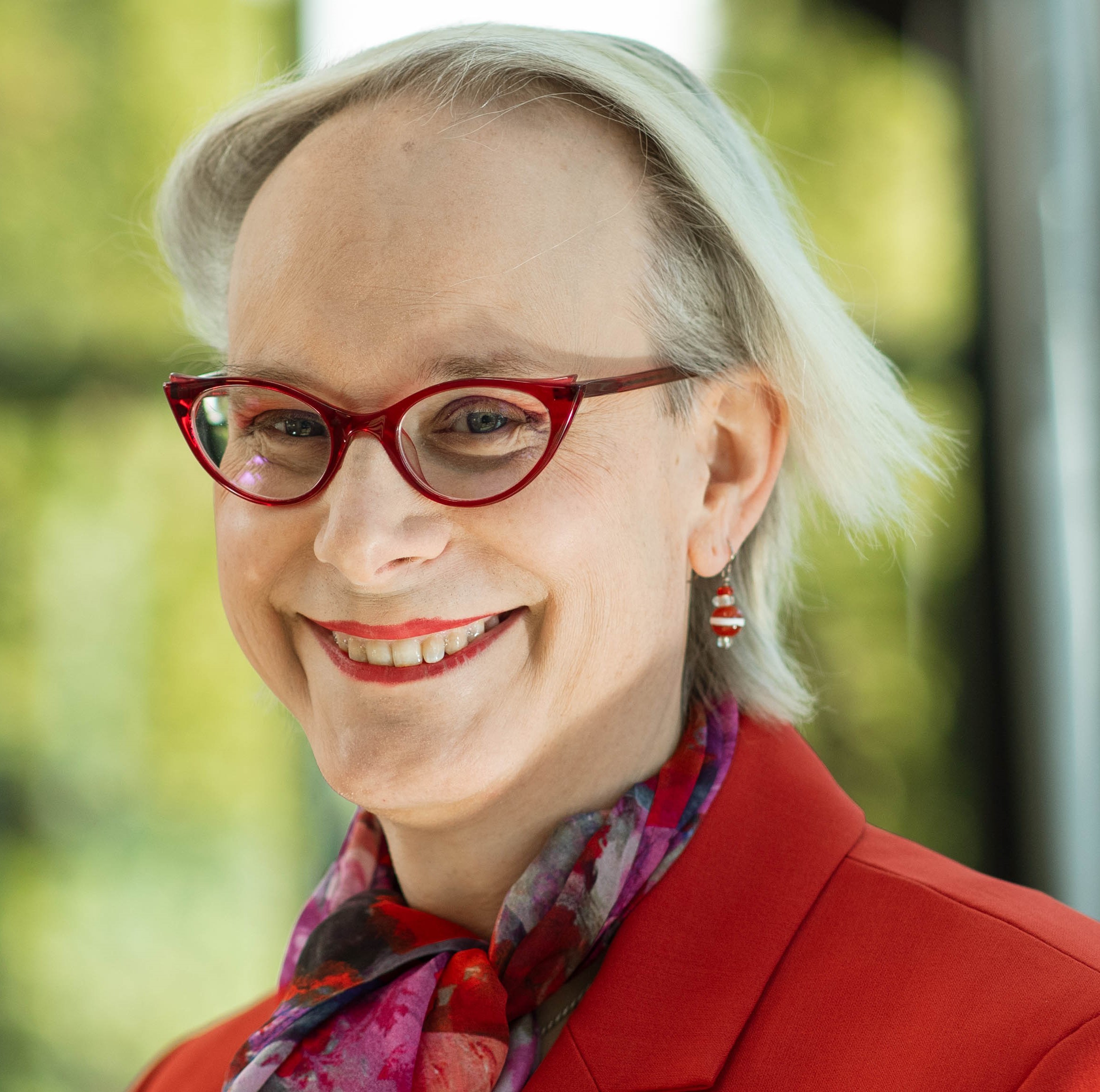Dr. Kris Mork, Director of Public Health Informatics at Guidehouse, says the development of AI needs to be inclusive; Heidi Bojes, Director of the Environmental Epidemiology and Disease Registry at the Texas Department of State Health Services,...
Dr. Kris Mork, Director of Public Health Informatics at Guidehouse, says the development of AI needs to be inclusive; Heidi Bojes, Director of the Environmental Epidemiology and Disease Registry at the Texas Department of State Health Services, discusses incorporating an environmental health surveillance unit as part of their overall Hurricane response; an ASTHO blog article describes how to respond to additional hurricane threats aside from water and wind; and ASTHO has a webpage for funding opportunities, RFPs, and collaboration opportunities.
ASTHO Webinar: Artificial Intelligence in State and Territorial Public Health
Texas Department of Emergency Management Webpage: Preparedness
ASTHO Blog Article: Preparing for and Responding to Infectious Disease Threats Following Hurricanes
ASTHO Blog Article: Responding to Environmental Health Threats Following Hurricanes
ASTHO Webpage: Funding & Collaboration Opportunities
JANSON SILVERS:
This is the award-winning Public Health Review Morning Edition for Tuesday, August 22, 2023. I'm Janson Silvers. Now, today's news from the Association of State and Territorial Health Officials.
KRIS MORK:
I see AI is an accelerator for understanding threats to public health.
SILVERS:
Discussions around artificial intelligence continue to be more common across sectors. Dr. Kris Mork says the increase of everyday AI usage is what's driving the rapid growth of conversation.
MORK:
I would attribute that phenomenon to the buzz around large language models and generative AI. Tools like ChatGPT are able to carry on conversations with humans that feel remarkably lifelike. Even five years ago, most AI techniques felt, frankly, artificial.
SILVERS:
Mork is one of the speakers at ASTHO's AI webinar today and says when developing AI we need to remain inclusive.
MORK:
We need to ensure the outcomes are the right ones. Using healthcare as a proxy for public health can perpetuate low spending for groups who are already receiving inadequate care. It's important to build diverse teams and include the people affected by AI in the development process.
SILVERS:
Because when done correctly, Mork says AI can be an incredibly useful tool for public health.
MORK:
I see AI as a tool that epidemiologists use to explore and understand data in a way that makes those individuals more effective at their jobs. So, in short, AI enables better public health decision-making, and when done well, supports our efforts to increase health equity,
SILVERS:
You can still sign up for today's webinar on artificial intelligence in public health. The link is in the show notes.
As southern California deals with the aftermath of their first tropical storm in 84 years, Texas for the first time is incorporating an environmental health surveillance unit as part of their overall hurricane response. Here's Heidi Bojes.
HEIDI BOJES:
As part of this environmental health surveillance unit, we've developed protocols and procedures on monitoring multiple data systems, which we use during a disaster event. And using existing data systems on environmental exposures and health outcome.
SILVERS:
Bojes says they're taking this extra step after what happened with Hurricane Harvey.
BOJES:
Our group was rushing to catch up on this response and look for information and call people. But now that we've stood up our environmental health and surveillance unit as part of our emergency response effort, you know, we have identified staff members that are going to be dedicated for this response. So, we've been involved in all the trainings, all the prep, so we're, you know, we have procedures in place, so they're we're ready to go.
SILVERS:
As with any response, keeping all your diverse communities in mind is also very important.
BOJES:
We determine what assistance they need, and we learn more about the community. And so, we can better direct our responses to meet those needs. So, if the community is made up of a certain group or a certain group that has language preferences, we can direct our factions and resources to fit that group.
SILVERS:
Also, today, hurricanes bring a number of risks beyond their wind and rain. O'Keyla Cooper explains.
O'KEYLA COOPER:
Hurricanes bring not only physical destruction, but also pose the risk of disease outbreaks due to flooding, displacement, and overcrowding. Health agencies must respond by addressing contaminated water, establishing monitoring, vaccinating high-risk individuals, effective communication and tracking diseases, as highlighted in a recent ASTHO blog article. You can read the full blog article by clicking the link in the show notes.
JANSON SILVERS:
Finally, today, did you know ASTHO has a webpage for funding RFPs and collaboration opportunities? Currently there are three postings there including the need for a contractor. Find more information by using the link in the show notes.
And if you have a minute, please take the time to give us a review. We'd like to know what you think.
That'll do it for today's newscast. We're back tomorrow morning with more ASTHO news and information. I'm Janson Silvers. You're listening to the award-winning Public Health Review Morning Edition. Have a great day.






